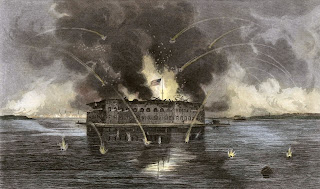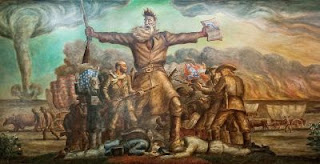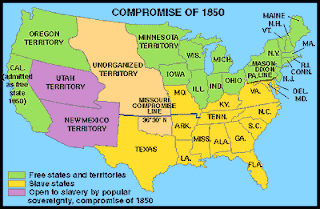4/27-28 Thursday-Friday

Guiding Question: What were the most important battles fought in the East during the Civil War? Objectives: Collaborative: Students will learn about the battles of Bull Run and Antietam by reading primary and secondary sources, completing a Say-Mean-Matter chart, and writing a CEREAL paragraph with a score of at least 3/4 according to the rubric. Independent: Students will learn about the Union's naval strategy by reading, watching a video, and answering guiding questions with at least 80% accuracy. Standards: 8.10.6 - Describe critical developments and events in the war, including the major battles, geographical advantages and obstacles, technological advances, and General Lee’s surrender at Appomattox. W.1 - Write arguments to support claims with clear reasons and relevant evidence ELD B.6 - Read closely to determine how meaning is made Do Now (Voice Level 0) 5 minutes: - On your objective tracker, dissect t...






